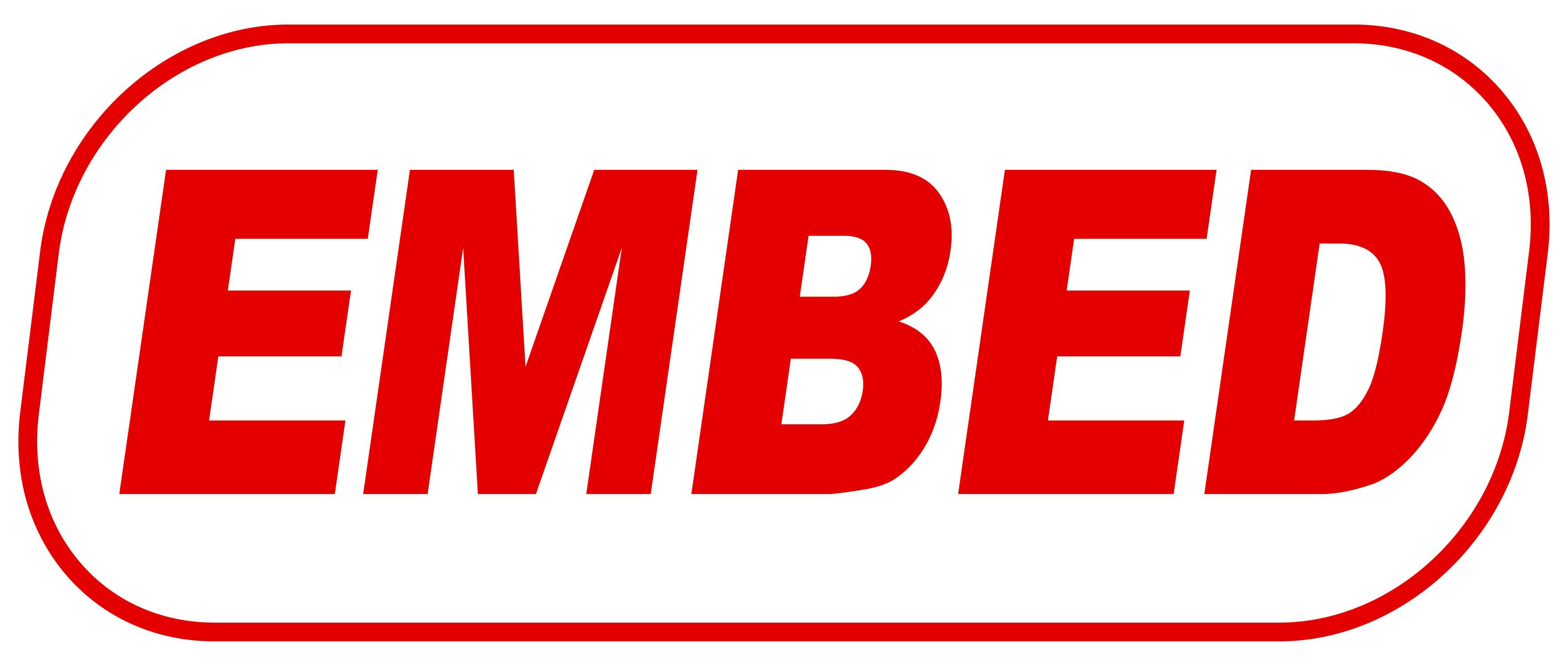 You’ve built your new website and installed your booking engine and have launched it into the world. Maybe a week or two passes by and no bookings have come through. Everything is there, so why aren’t people visiting your site?
You’ve built your new website and installed your booking engine and have launched it into the world. Maybe a week or two passes by and no bookings have come through. Everything is there, so why aren’t people visiting your site?
Did you know that Google processes 3.5 billion searches per day? That’s a lot of queries and in those searches, Google needs to be able find the most relevant information to meet that query. So how do you get your website found? You don’t need to understand complex algorithms in order to optimise your site. Here are 5 simple steps to help your business be found.
1. URLs
There are these Googlebot spiders that crawl and discover new and updated pages and where they sit in the Google Index.
So, we want Googlebot's spiders to be able to come to this page, to understand the content that's on there in a text-readable format, to understand images and visuals or video or embeds or anything else that you've got on the page in a way that they are going to be able to put into their web index.
So why the the URL itself it important?
- A well-crafted URL provides both the user and search engines (the Googlebot) an easy-to-understand indication of what the destination page will be about. Google LOVES this.
- It does have ranking pull - a keyword rich URL does have some influence on your SEO ranking (though please remember it’s not a high influencing factor, but a factor nonethless)
Some tips to help your URL be effective in SEO include:
- Separate keywords (both path and page) with hyphens ( - )
- Anchors may help the Googlebot understand the page structure
- If you have multiple subdomains (such as a blog), use these carefully as these can split your domain authority as it may think that you have different entities.
2. Keyword Search
Know your keywords! It’s still a great backbone to your SEO strategy. Google has a great free tool for you to use and check what keywords are best for you - https://ads.google.com/home/tools/keyword-planner/
Remember that you want to cover these three things:
- Incite Action – To target potential customers, add action-oriented phrases like “discounted”
- Mention Your Location – You can also narrow down your keyword search by being more location-specific which is important as an attraction or tour.
- Add More Context – Whenever possible, focus on long-tail SEO keywords that ensure more targeted traffic. Long tail keywords are like “Where to see Australian animals in Sydney” or "food tours in Las Vegas".
Another great tool (especially for long tail keywords) is https://neilpatel.com/ubersuggest/ which also allows you view the peaks and trending phrases in searches over the year.
Ensure your keywords (both short and long tail) are included in your content, however make sure it still reads beautifully!
3. Header Tags
So simple, and yet it’s surprising how many sites aren’t using them effectively. A Header 1 Tag (<h1>) is a small part of HTML code that indicates a heading in the content. Many websites templates offer headings in their build, however if you look a little deeper, they are often missing this piece of code.
You can add it in, it is as simple as adding <h1> before and after the heading. For example:
<h1>Come and Join Us on the Best Day Tours in New York<h1>
Why you do this is?
This H1 tag is what users read to gain an understanding of what the page is about. In recent years, with the rise of content marketing (even though H1 tags have been around for a very long time), this helps Google determine your page ranking in its relevance.
If you need help, a great resource is https://neilpatel.com/blog/h1-tag/ who take you through this step by steps
4. Images
This is so so so so so simple!
Make sure your images all have Alternate text (the text that shows about the image in case the image doesn’t load). These can be keyword rich and all help in your SEO efforts.
It’s amazing how many websites we see that have the original file name as the Alt text. We know that 0142549.jpg isn’t going to help anyone.
5. Be the Authority
With everyone doing content marketing, there is so much content out there online nowadays. One way to build your SEO is to show that your site is the authority in your field. In order to do this, it helps to get backlinks from other sites to yours. Why? This is because it signals to Google that the other third party site have given you a ‘vote of confidence’ that you know what you’re talking about. The more backlinks, the higher the authority.
Simple ways to increase your backlinks are:
- Press Releases - the more articles published about your company online that link to you the better.
- Content creation - share it! Allow for your distribution partners/NTOs/Tourism offices to use your content and ask for them to link back to you.
- Guest blogging - Speak to your NTOs and other partners on whether you can create specific content for them and to link back to you.
These 5 Tips should help you on your way and remember, with the rise of online travel research online, your website is the most valuable tool in your online toolbox. Take the time to review it on a regular basis to ensure that you are getting the best SEO results to help those bookings flow in.







Comments